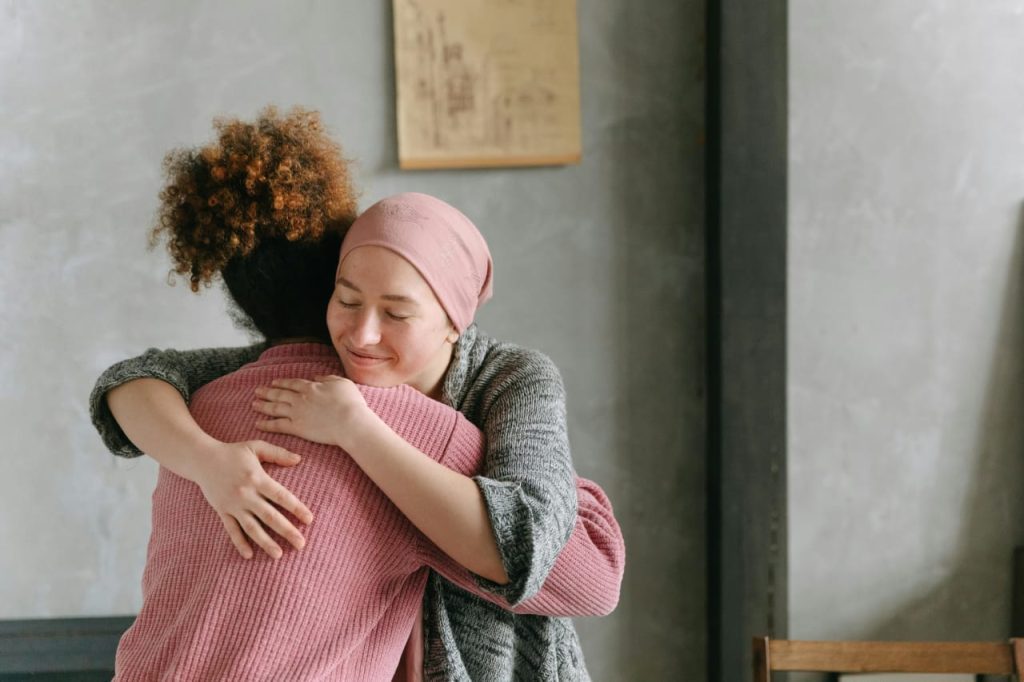Understanding the Benefits and Uses of Light Therapy Lamps
In the world of wellness, light therapy has emerged as a beacon of natural healing. It’s not just about basking under the sun’s golden rays or altering mood lighting at cafes; light therapy has become a controlled approach to effect substantial changes in our physical and mental well-being. This comprehensive guide navigates you through the luminary landscape of light therapy lamps, offering insights into their myriad benefits, diverse applications, and how to make them part of your daily health regimen.
Shedding Light on Light Therapy: A Historical Glimpse
Before we unfurl the modern applications of light therapy, it’s illuminating to look back at its genesis. Ancient cultures, including the Egyptians and Greeks, understood the healing potential of sunlight — using it to combat myriad ailments. Even as far back as the 19th century, light therapy using a heliotherapy approach was prescribed for conditions such as tuberculosis and rickets. Today advances in technology and scientific research have refined the practice, making it more accessible and tailored to individual needs.
Illuminated Science: The Mechanism Behind Light Therapy Lamps
Light therapy harnesses the power of specific wavelengths of light to stimulate biological responses within the body without the harmful effects of UV rays. Modern light therapy lamps, or phototherapy lamps, typically use white or blue LED lights at intensities of 2,500 to 10,000 lux, the unit of illuminance. Specialized devices emit these rays, usually with a broad spectrum to mimic natural sunlight, thereby influencing our circadian rhythm, hormone levels, and neurotransmitter balance.
Benefits Beyond Brightness: Unveiling the Advantages of Light Therapy
From uplifting moods to mitigating symptoms of seasonal affective disorder (SAD), the benefits of light therapy are as varied as the colors in a rainbow. Here’s a closer look at some of the significant advantages this modality offers for holistic health:
Managing Seasonal Affective Disorder (SAD)
SAD is a form of depression linked to the change in seasons, most commonly occurring in winter when daylight hours grow shorter. Light therapy can effectively reduce the impact of SAD symptoms, which often include low energy, oversleeping, and weight gain.
Improving Sleep Quality
By supporting the body’s internal clock, light therapy helps regulate sleep patterns. This is especially beneficial for those who suffer from insomnia or other sleep disorders. It can assist in falling asleep at the desired time and improve sleep quality overall.
Enhancing Mood
Light therapy exerts a positive influence on neurotransmitters, such as serotonin, which can elevate mood and combat low energy levels. It is not just for individuals with diagnosed disorders; many people use light therapy to boost their spirits and energy during long, dark winters or after sleep-deprived nights.
Aiding in Skin Conditions
Certain skin conditions, such as psoriasis, can be managed with targeted exposure to ultraviolet light, a specific type of light therapy. This can help slow down the growth of affected skin cells and alleviate symptoms.
Integrating the Illumination: Making Light Therapy a Part of Your Lifestyle
While the path to health and wellness can be paved with light, it’s the commitment to walking that path daily that leads to change. Follow these practices to integrate light therapy into your routine seamlessly:
Timing Is Everything
The efficacy of light therapy is dose- and timing-dependent. Use your light therapy lamp as early as possible after waking in the morning to mimic the natural sunrise and maintain a consistent schedule.
Be Consistent
Regular use is key. Schedule your light therapy sessions at the same time each day, and be diligent about keeping to it. Daily exposure is clinically proven to deliver the best results.
Safety First
Protect your eyes with UV-filtering glasses and follow usage guidelines to prevent discomfort or eye strain. If you have any preexisting eye conditions, consult your healthcare provider before starting light therapy.
Conclusion
The health landscape is continually evolving, and light therapy stands as a witness to how ancient wisdom and modern innovation can converge in pursuit of longevity and well-being. Whether you’re battling the winter blues or striving to optimize your sleep, light therapy lamps have proven their worth as a powerful yet gentle option for health enhancement.
Your wellness is as unique as your fingerprint, so if you’re considering adopting light therapy into your routine, remember to personalize it. Share your experience with the light therapy community, seek professional advice if necessary, and continue exploring the myriad ways you can shine brighter in the theater of life.
light therapy lamps aren’t just about brightness; they shine a light on the multifaceted arena of health and provide a compelling narrative for a more radiant existence. Make your choice of light therapy an informed one, and may your days be bright — both literally and metaphorically.






